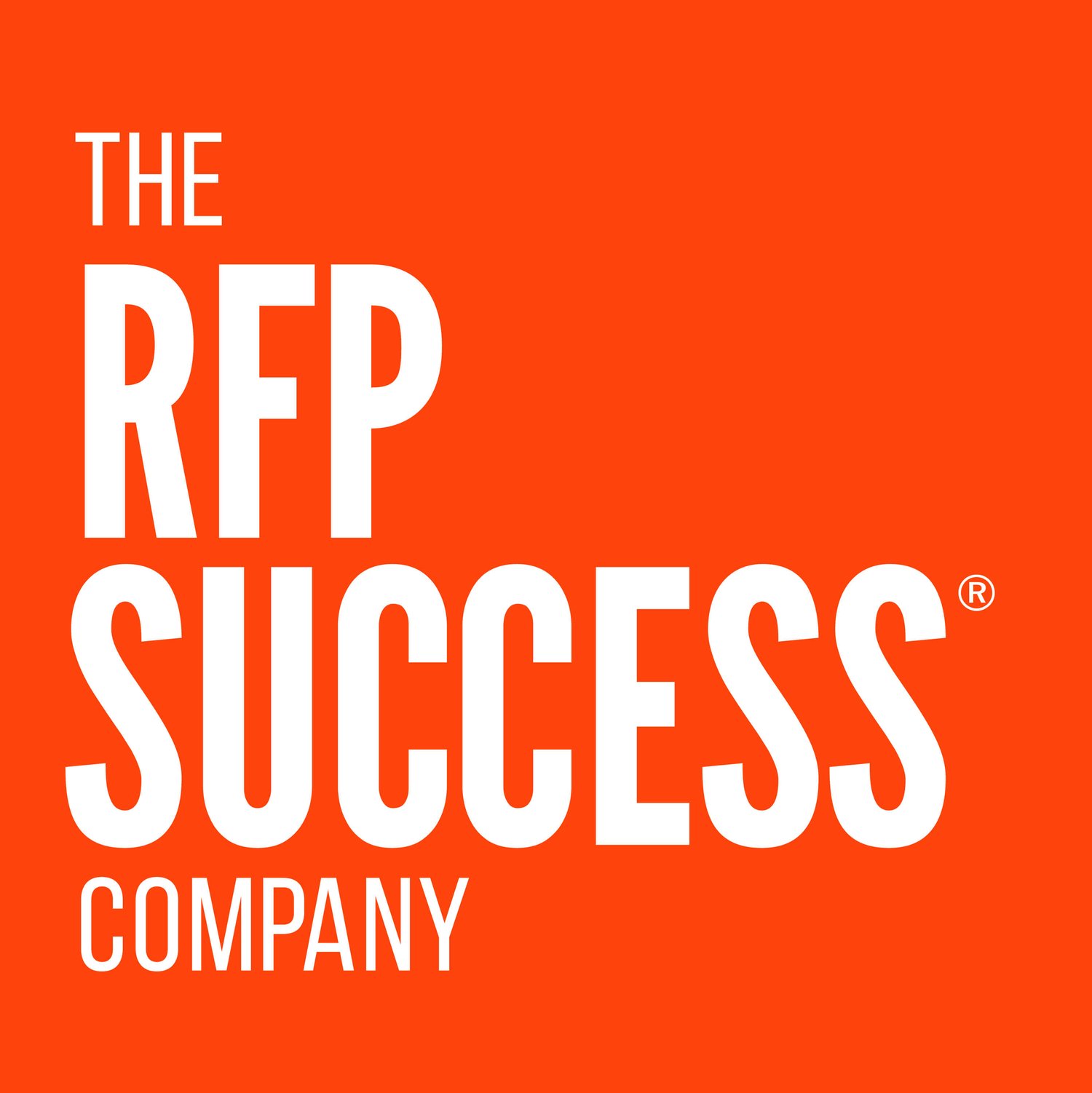EP026: Making RFPs Suck Less with a Consistent Process – with Matt Wolach of Synlio
RFPs suck. If you are soliciting bids for an asphalt company, for example, a great deal of research is required. You have to learn enough about the industry to know what questions to ask. You have to hunt for local vendors who are qualified to do the job. And then you have to determine who can provide the best solution based on their RFP response. What if you had a consistent process complete with scope-of-work templates that eliminated most of that difficult work?
Matt Wolach is the President of Synlio, a software company that automates the bidding process for clients in the real estate industry. Synlio is ideal for both property managers and vendors who service buildings and facilities, connecting buyers and sellers so that both have the opportunity to grow. Matt has a background in HOA and community management as well as software solutions, making him uniquely qualified to lead Synlio.
Today, Matt joins us to explain how the Synlio Team became known as ‘The RFPs Suck Guys’ and how their RFP automation software supports both property managers and vendors. He walks us through the process of calculating—and evaluating—the ROI for a software package and discusses how to design a consistent, reliable process for generating RFPs. Listen in for Matt’s insight on creating RFPs with the appropriate level of detail and learn why vendors should respond to RFPs ‘every single chance they get.’
Key Takeaways
Matt’s background in community management and software
How Synlio’s RFP automation software helps buyers and sellers
How to calculate ROI in terms of time, money and resources
The value of a consistent, reliable process for generating RFPs
Matt’s advice around committing to the RFP process every time
How Matt and his team became known as ‘The RFPs Suck Guys’
How creating scope-of-work templates facilitates efficiency
The danger in creating RFPs with too much or too little info
The mistake vendors make in NOT responding to RFPs
How Synlio introduces companies to a new network of vendors

